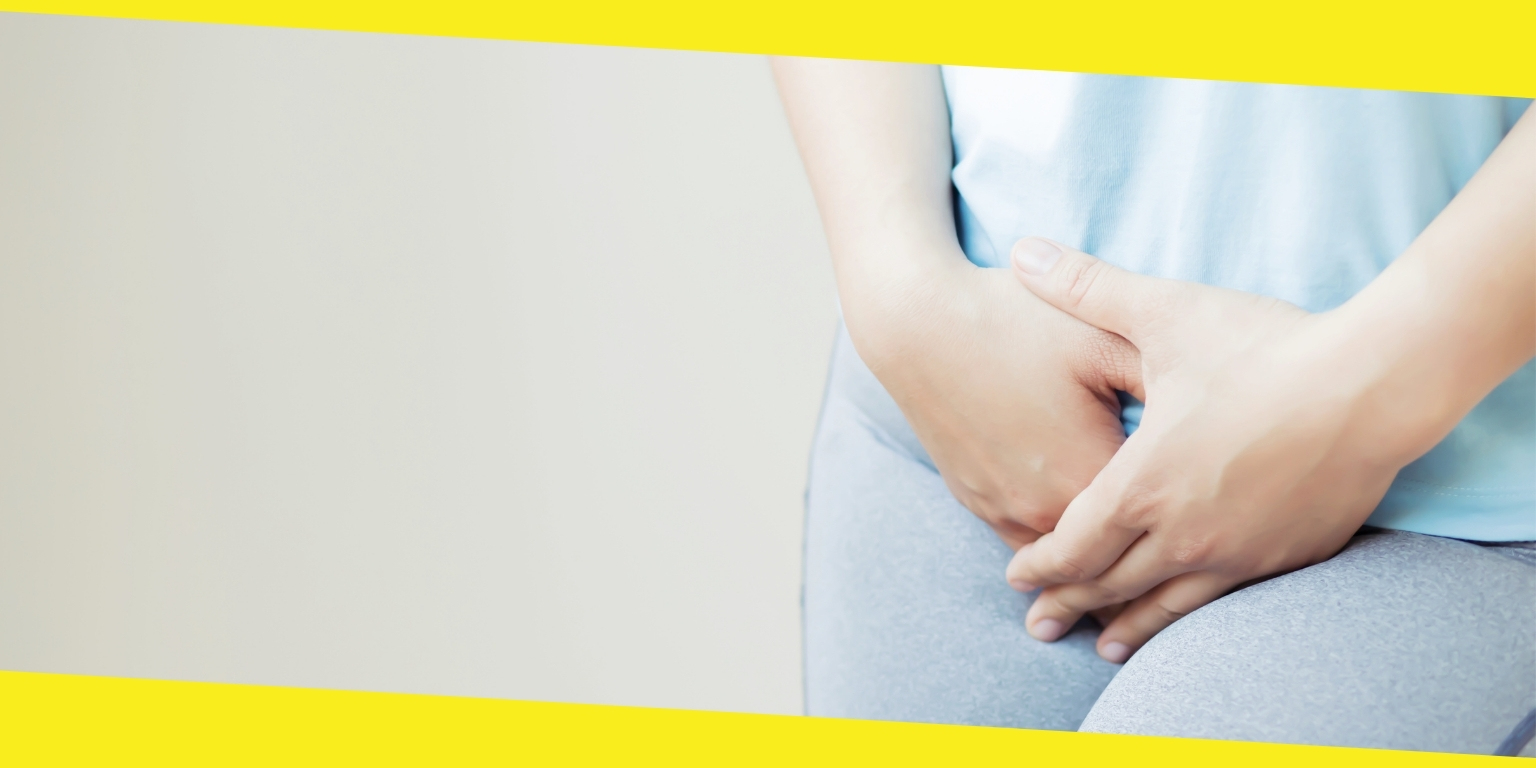In Women, What is the Most Common Cause of Yeast Infections?

Yeast infections are a nightmare. Ask anyone who has had to deal with recurring episodes. There is the unpleasant cottage cheese-like discharge. Yet, that is not even the bad part about it. The intense itching and burning sensation in the nether regions can drive you up the wall.
The urge to scratch gets so intense that you may give in. But that adds fuel to the proverbial fire. The fleeting pleasure from the scratching will turn into severe pain shortly after. That is because you may end up breaking or tearing the skin.
We don’t even need to mention how a bathroom run can result in tears. The above can sound like an exaggeration if you have never suffered from a yeast infection. But it isn’t. Indeed you will feel like an army of red ants is going crazy down there.
Thanks to scientific breakthroughs, you can get instant yeast infection treatment. Such over the counter yeast infection treatments provide soothing relief from the itching and clears up the discharge. You don’t need to resort to DIY home yeast infection treatments that may or may not work.
Before we proceed further, let us understand what causes yeast infections in women?
Causes of Yeast Infection
The main culprit behind yeast infections is the fungus candida albicans. You see, the body and, indeed, the vagina play host to fungus and bacteria. These inhabitants live without causing any issues.
But sometimes, there can be an overgrowth due to various exacerbating factors. For instance, the lack of proper hygiene and grooming habits and damp under garments are major causes. This is when problems like yeast infections or bacterial vaginosis start.
A vaginal yeast infection is a direct result of the overgrowth of candida. The fungus penetrates the vaginal cell layers and causes membrane inflammation. At this point, you will start to experience irritation and the urge to itch. Doing so can break the skin and allow germs to invade, worsening the symptoms. If you don’t treat a yeast infection, the inflammation can spread to other tissues, including the urethra.
There are also other types of candida fungus that can lead to the condition. These are more aggressive and may need more intense treatment. The typical yeast infection medicine may not work.
Common symptoms of yeast infection include:-
- Intense itching in the vulva and vagina.
- Burning sensation while urinating or when engaging in sex.
- Redness and swelling of the nether regions.
- Soreness and pain.
- A rash around the vagina.
- An odorless, thick white discharge that resembles cottage cheese.
Some of the symptoms above are similar to infections like bacterial vaginosis and STIs. If you are unsure what you’re suffering from, book an appointment with a doctor.
Please note a yeast infection can affect both men and women. Research indicates that up to 75 women out of 100 will suffer from an attack at least once in their lifetime. The most at risk are at the childbearing age. It should be noted however that even after menopause, you can be prone to infections.
Factors that Lead to Overgrowth of Yeast
We talked about exacerbating factors that can result in the overgrowth of the candida fungus. Please do not confuse this with the cause of yeast infection. Rather, it is what contributes to the fungus imbalance in the body. They include:-
- Hormonal changes during pregnancy. During pregnancy estrogen level is very high and will upset the healthy balance of yeast in the body.
- The use of antibiotics, especially broad-spectrum antibiotics. These kill healthy bacteria giving way for the yeast to grow in plenty.
- Uncontrolled diabetes.
- A weak immune system can result in recurring infections.
- Hormonal therapies such as oral contraceptives lead to an increase in estrogen levels. Medical treatments such as chemotherapy, radiotherapy.
- Stress.
- The use of soap when washing the genitals. If you must, go for unscented, mild soaps.
- Tight clothing or synthetic material that is non-breathable.
- Sanitary pads and panty liners. Like in the case of soap, avoid scented sanitary pads.
- Sex with an infected partner. It does not mean that yeast infection is an STI, though. But it is possible to pass it on during such contact.
- Douching or using vaginal hygiene products.
If you are pregnant, you must treat the yeast infection. Not doing so can lead to miscarriage, premature labor, and premature birth. You also put the unborn baby at risk because you can pass on the infection during delivery resulting in your baby having an inflammation in the mouth membranes or even a nappy rash.
Yeast Infection Treatment
As we stated above, you can get instant relief from over-the-counter yeast infection medication. What you need to ensure while using over-the-counter medicines for yeast infection is that you stick to the recommended dosage. Treatment can range anywhere from a day to a week.
If the infection keeps returning, it is most likely that you are suffering from recurrent vulvovaginal candidiasis (RVVC). The best route to take is to seek medical help. The doctor will carry out relevant tests to determine the root cause.
Remember, different candida fungi can cause yeast infection. Some will need very intensive treatment. These include the use of antibiotics or oral antifungal medication. The doctor may also prescribe a suppository that you insert into the vagina. Some treatment options will need you to take pills for up to six months to eliminate the infection.
A soothing cream for yeast infections is safe even for pregnant women. But, you should avoid oral medication. Please let the doctor advice you on the best course of treatment so that you do not put your baby at risk.
You should also include some probiotics in your diet. You can get them from yogurt, supplements, or vaginal probiotic pills. Research shows that there could be some benefits to its use. But, it is advisable to get the doctor’s go-ahead if you have a weak immune system.
Final Thoughts
Yeast infections are an inconvenience many ladies have to contend with. But, you can find instant relief with over-the-counter yeast infection medication.
Try and avoid anything that can cause a yeast imbalance in the body. We have highlighted some of the causes above. Do seek medical advice if the infection is persistent or recurs. The same applies if the over-the-counter medication does not seem to be working. You should not wait too long before seeking professional medical help.
Good personal hygiene, a healthy diet, and probiotics can help maintain a healthy yeast balance.
Recommended For You
Why Vitamin E Is Important To Our Body?
Most Inside
Most Inside offers high-quality recommendations and valuable updates to enhance all aspects of your life, providing premium guidance and enriching experiences.




